"Blades of Fire: Unveiling the First Look"
When I sat down to play developer MercurySteam's latest project, Blades of Fire, I expected something reminiscent of the studio's Castlevania: Lords of Shadow games, perhaps updated with the modern stylings of God of War. However, an hour into the game, I found myself immersed in a Soulslike experience, where the focus was squarely on weapon stats rather than traditional RPG character development. By the end of my three-hour hands-on session, it became clear that Blades of Fire treads familiar ground yet offers a unique and engaging twist on the action-adventure genre.
At first glance, Blades of Fire might seem like a clone of Sony Santa Monica's work, especially with its dark fantasy setting, heavy-hitting combat, and a third-person camera that keeps you close to the action. The game shares many similarities with the Norse era of Kratos' journey, including exploring a map filled with twisty paths and treasure chests, aided by a young companion who assists in solving puzzles. Together, we sought out a woman of the wilds living in a house atop a giant creature. The game also borrows elements from FromSoftware's library, such as anvil-shaped checkpoints that refill health potions and respawn enemies when rested at. While these elements can feel overly familiar, Blades of Fire manages to carve its own path.

The game's world evokes a nostalgic 1980s fantasy vibe, where characters like Conan the Barbarian would fit right in among its muscular soldiers, and bizarre enemies like orangutan-like creatures on bamboo pogo sticks wouldn't be out of place in Jim Henson's Labyrinth. The story, too, has a retro feel, with an evil queen turning steel into stone, and you, as Aran de Lira, a blacksmith demigod, tasked with defeating her to restore the world's metal. While the narrative and characters may not be particularly compelling, reminiscent of many forgotten Xbox 360 era stories, the game's mechanical innovations shine brightly.
Blades of Fire boasts a combat system centered around directional attacks, utilizing every face button on the controller. On a PlayStation pad, for instance, triangle targets the head, cross the torso, while square and circle swipe left and right. By carefully reading an enemy's stance, you can break through their defenses. For example, a soldier protecting their face can be defeated by aiming low and striking their gut, resulting in satisfyingly visceral combat with blood trails erupting from wounds.
The system truly excels during boss fights, such as the demo's first major encounter with a slobbering troll. This troll has a second health bar that can only be damaged after dismembering it, with the limb removed determined by your attack angle. You can even cut off the troll's entire face, leaving it blind and flailing until it regrows its eyes.
Weapons in Blades of Fire require significant attention, as they dull with use, reducing damage over time. You must use a sharpening stone or switch stances, as the edge and tip wear down independently. When a weapon shatters, you can repair it at an anvil checkpoint or melt it down to craft anew, which leads to the game's most innovative feature: the forge.
The forge system is extensive, starting with choosing a basic weapon template that Aran sketches on a chalkboard. You then tweak and modify the design, adjusting elements like the length of a spear's pole or the shape of its head, which affects the weapon's stats and stamina demands. Once your design is complete, you physically hammer out the metal on an anvil through an involved minigame, aiming to match a curved line with vertical bars to avoid overworking the steel. Your performance is rated with stars, determining how often you can repair the weapon before it breaks permanently.
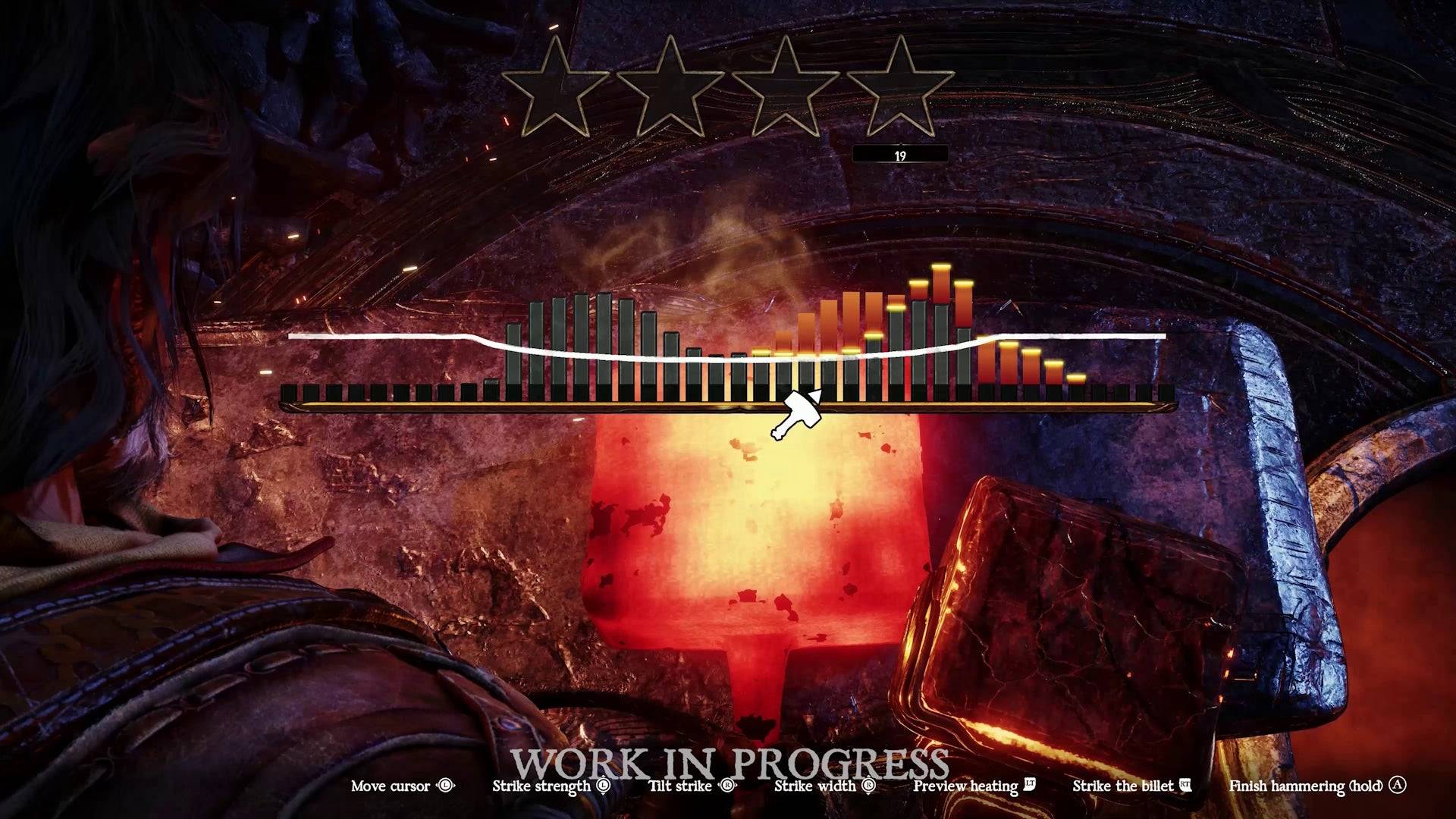
While the forge concept is intriguing, introducing a skill element to crafting, the minigame can be frustratingly obtuse. A clearer connection between hammer strikes and the resulting metal shape, or a better tutorial, could enhance this feature significantly.
MercurySteam's vision for Blades of Fire extends beyond the demo, aiming for a 60-70 hour journey where players form deep attachments to their crafted weapons. As you explore and find new metals, you can reforge your weapons to enhance their properties, ensuring they remain suitable for new challenges. The death system further emphasizes this bond, as you drop your weapon upon defeat and must recover it from the world.
The influence of Dark Souls and its siblings is evident in Blades of Fire, reflecting FromSoftware's impact on action games and MercurySteam's connection to Blade of Darkness, a precursor to the Souls series. However, Blades of Fire transcends these influences, reinterpreting established systems into a unique blend of ideas.

Despite some concerns about the game's generic dark fantasy setting and potential lack of variety, the depth of the relationship between your forged blades and the enemies you face is compelling. In an era where complex games like Elden Ring and Monster Hunter have become mainstream hits, Blades of Fire has the potential to offer something truly fascinating to the gaming community.
Blades of Fire Screenshots

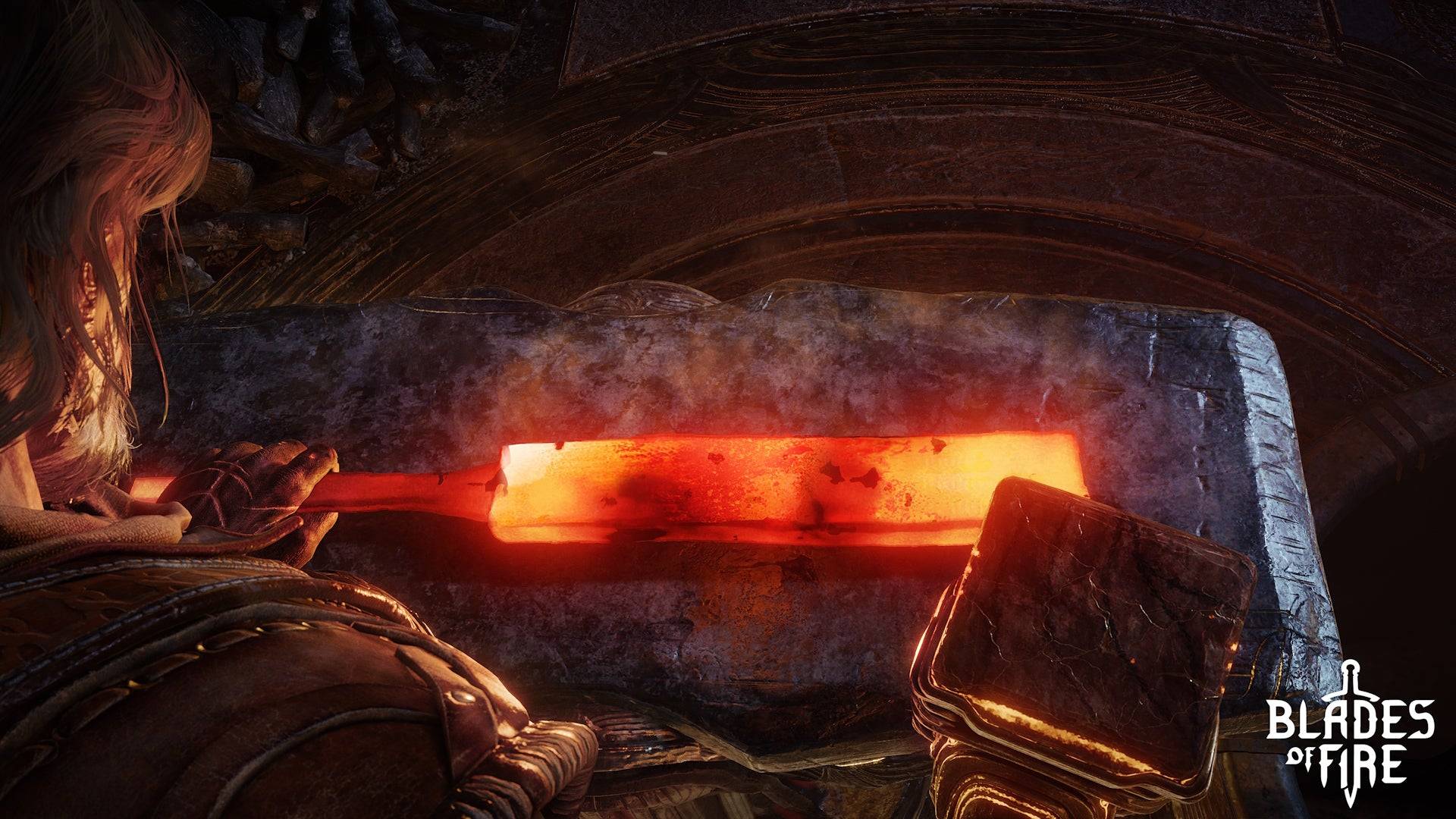 9 Images
9 Images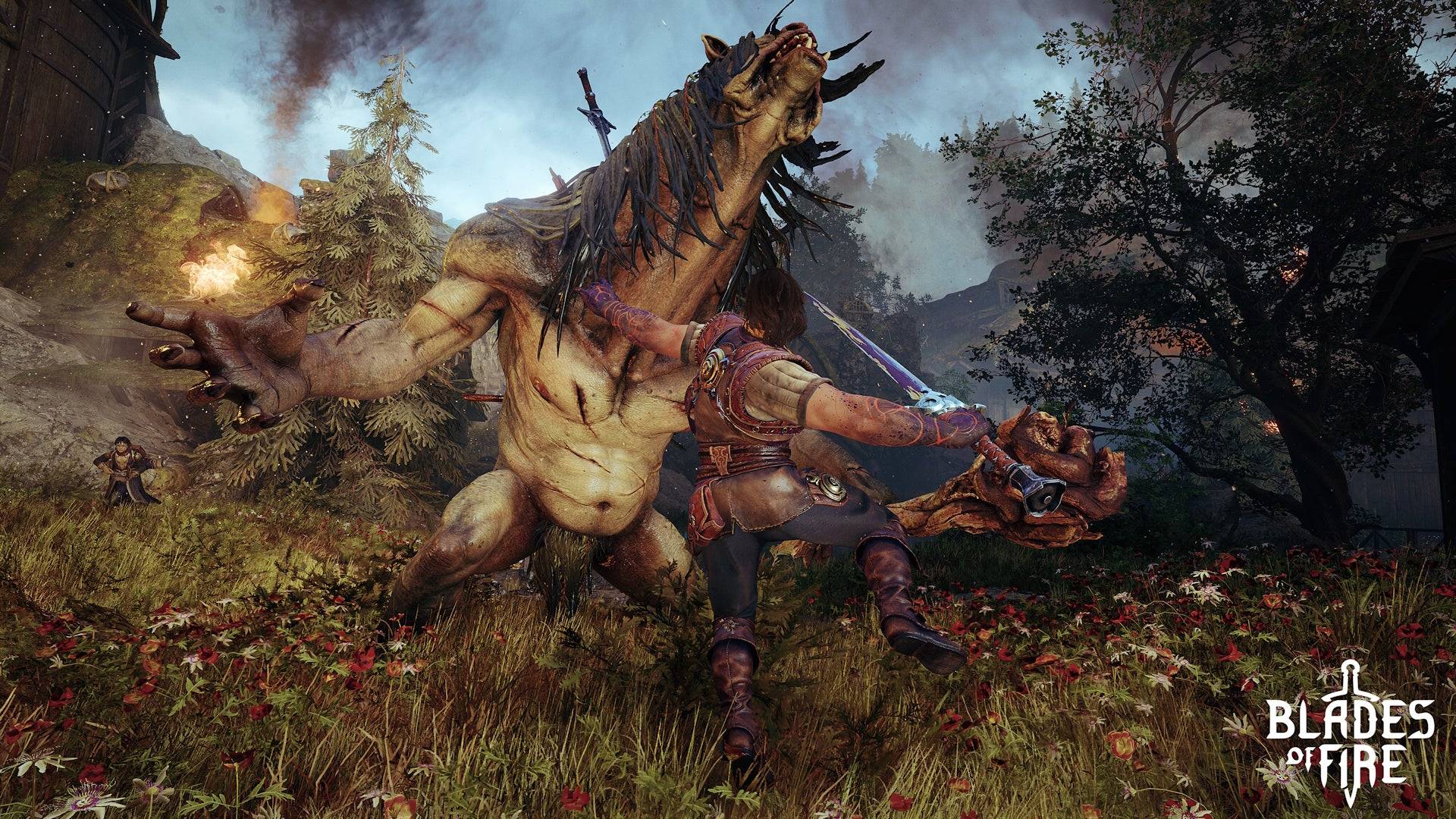
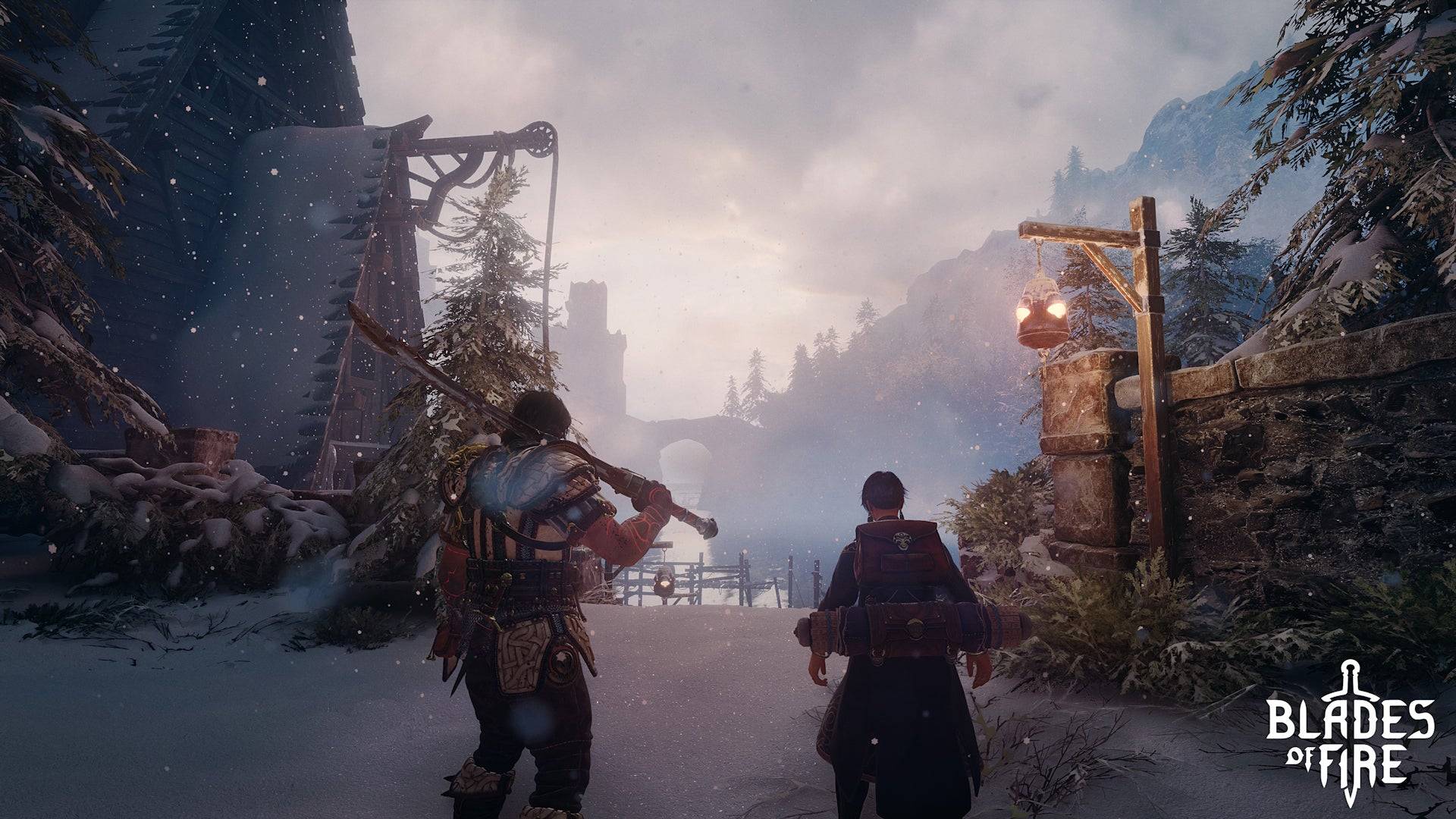
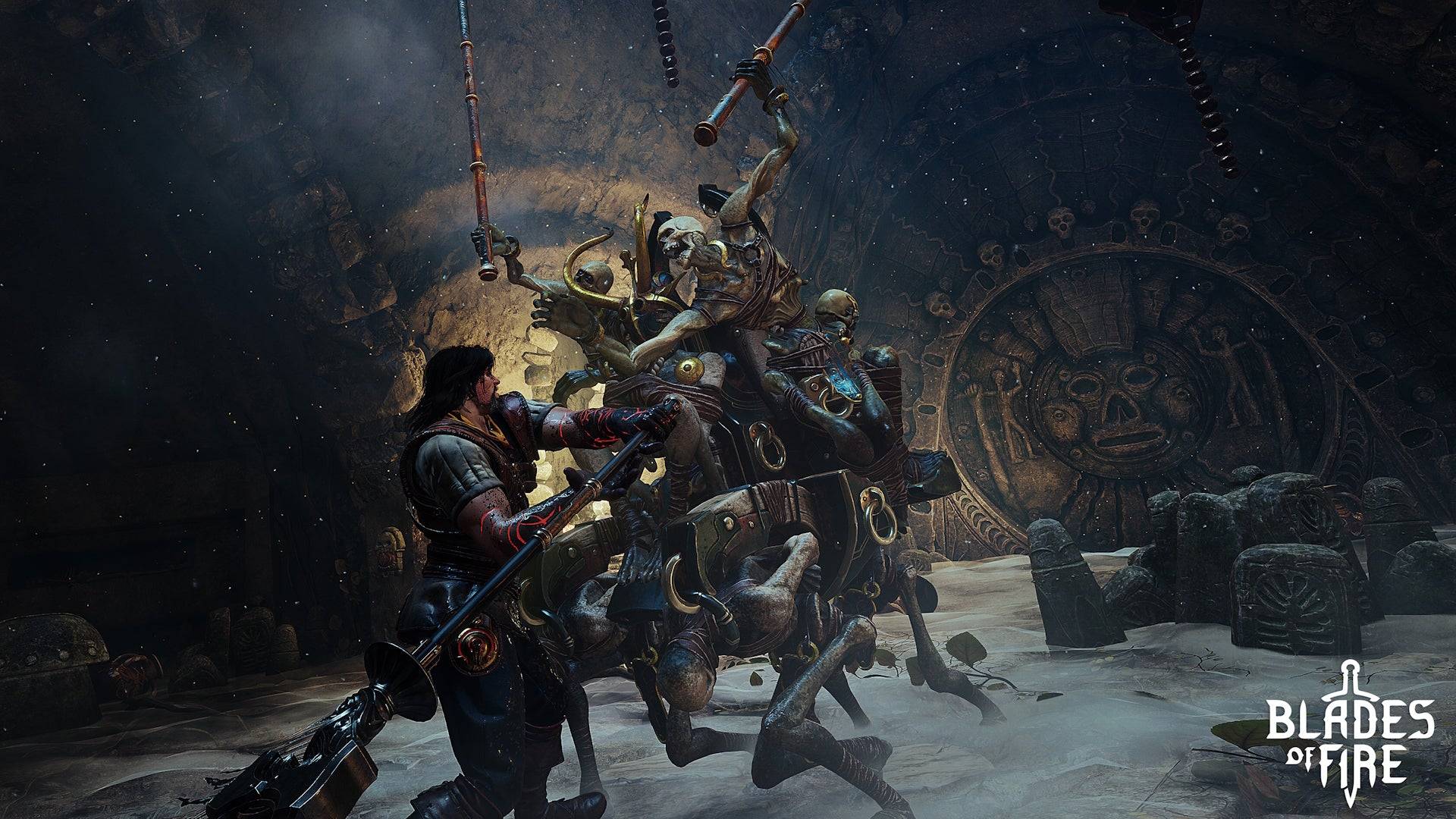
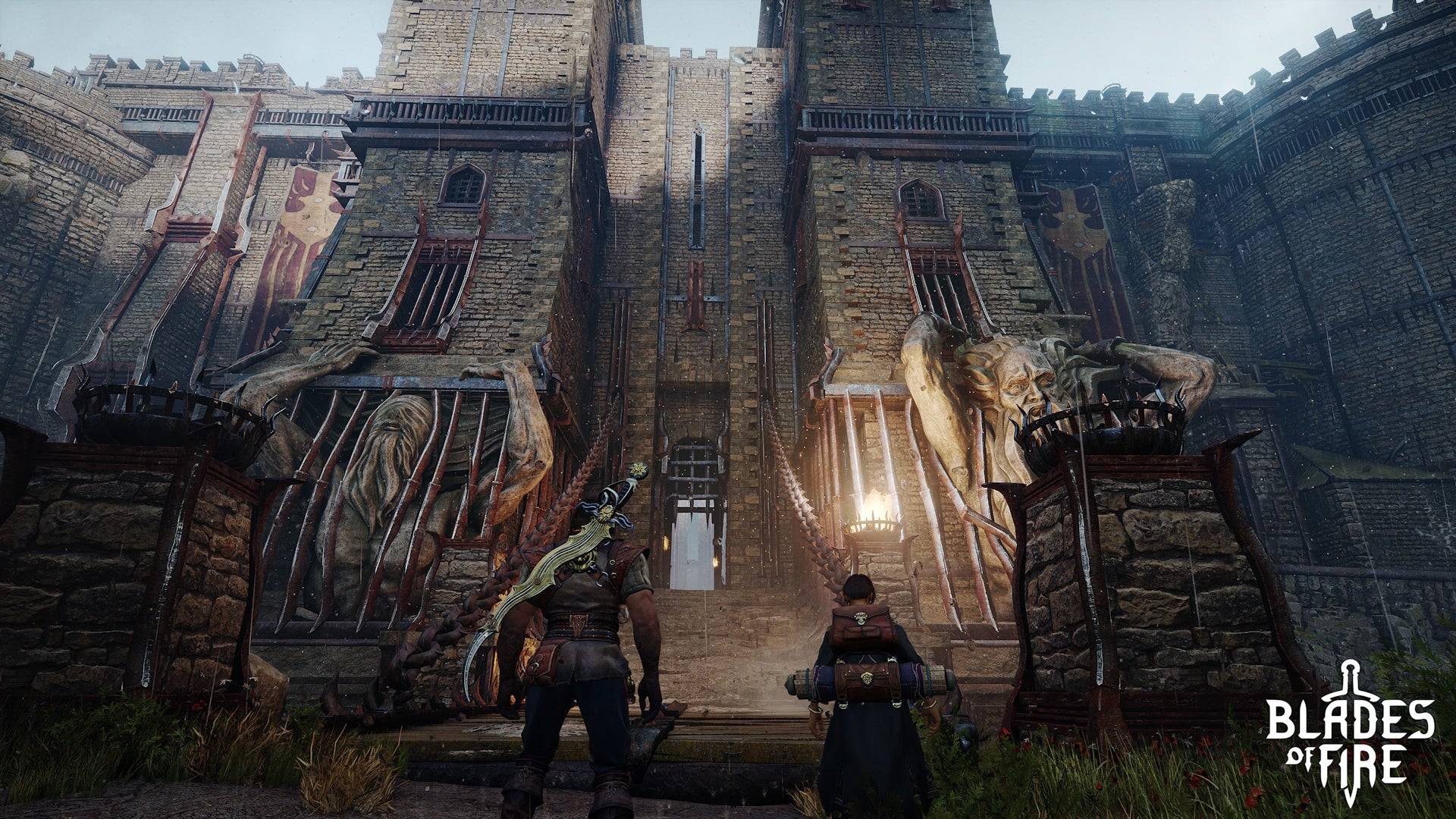
-
 Mar 17,25All Split Fiction Achievements & How to Unlock Them Dive into the captivating co-op adventure Split Fiction from Hazelight Studios! This guide outlines every achievement, ensuring you and your partner conquer every challenge. While some trophies are earned naturally through the story, many require thorough exploration and unique actions. Use this g
Mar 17,25All Split Fiction Achievements & How to Unlock Them Dive into the captivating co-op adventure Split Fiction from Hazelight Studios! This guide outlines every achievement, ensuring you and your partner conquer every challenge. While some trophies are earned naturally through the story, many require thorough exploration and unique actions. Use this g -
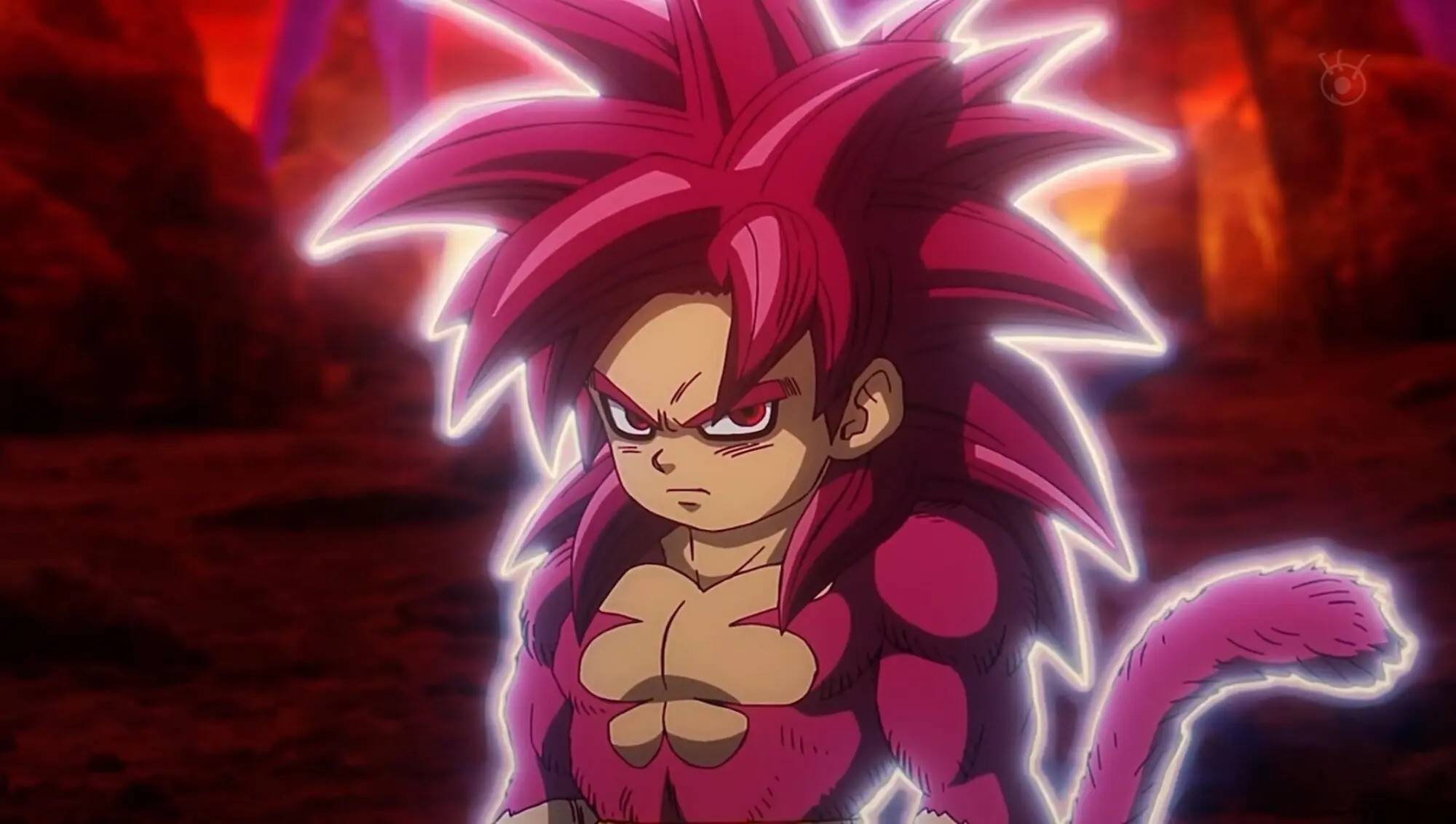 Mar 19,25How Does Dragon Ball Daima’s Finale Explain Goku Never Using Super Saiyan 4 in Super? The climactic battle in Dragon Ball Daima's finale pits Gomah against Goku, showcasing Goku's newly acquired form. This episode naturally led many fans to anticipate an explanation for Super Saiyan 4's absence in Super. So, how does the finale address this?In episode 19, after Glorio's wish restore
Mar 19,25How Does Dragon Ball Daima’s Finale Explain Goku Never Using Super Saiyan 4 in Super? The climactic battle in Dragon Ball Daima's finale pits Gomah against Goku, showcasing Goku's newly acquired form. This episode naturally led many fans to anticipate an explanation for Super Saiyan 4's absence in Super. So, how does the finale address this?In episode 19, after Glorio's wish restore -
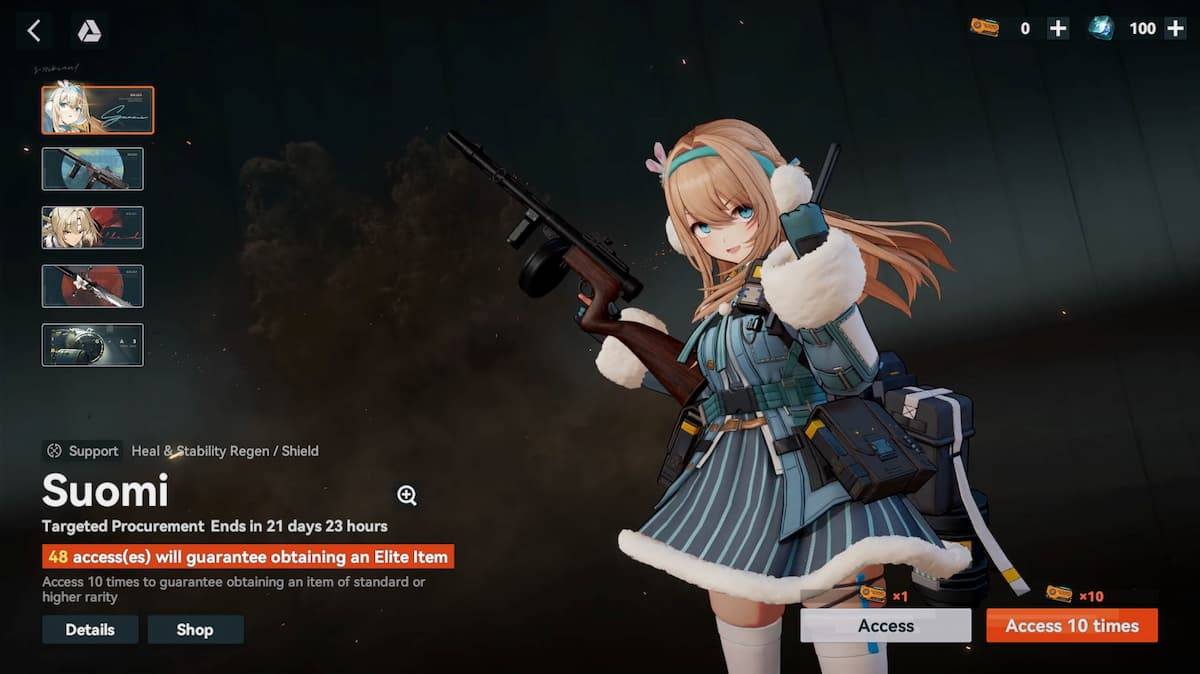 Jan 16,25Girls' Frontline 2: Exilium Tier List Released Another free-to-play gacha game, another character ranking to guide your investment choices. This Girls’ Frontline 2: Exilium character tier list helps you prioritize which characters are worth your resources. Girls’ Frontline 2: Exilium Character Tier List Here's a breakdown of currently available
Jan 16,25Girls' Frontline 2: Exilium Tier List Released Another free-to-play gacha game, another character ranking to guide your investment choices. This Girls’ Frontline 2: Exilium character tier list helps you prioritize which characters are worth your resources. Girls’ Frontline 2: Exilium Character Tier List Here's a breakdown of currently available -
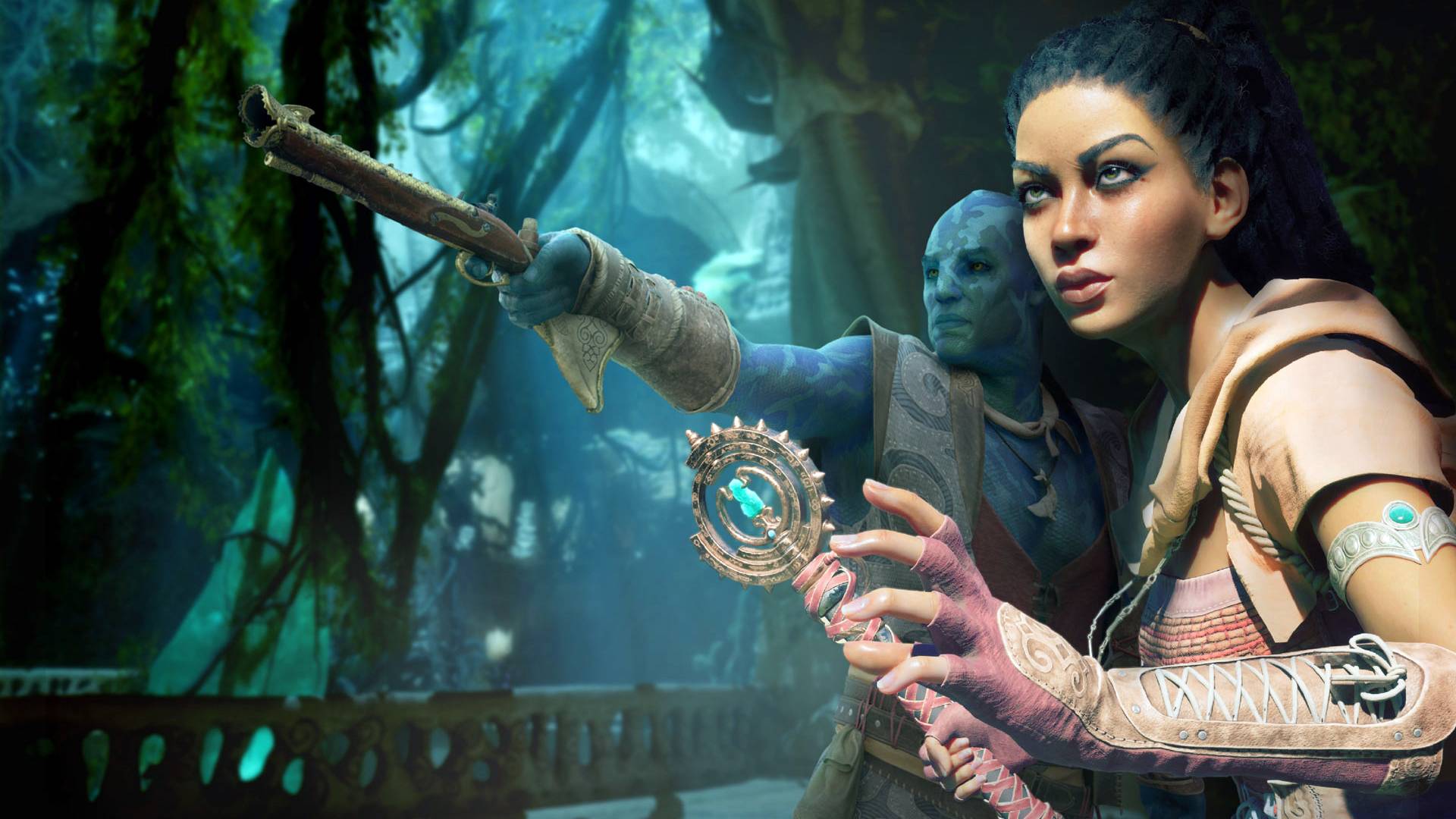 Mar 18,25Avowed Best PC Settings for Max FPS *Avowed*, a visual masterpiece, immerses you in a richly detailed world. To fully appreciate its stunning graphics without sacrificing performance, optimizing your PC settings is key. This guide helps you strike the perfect balance between breathtaking visuals and smooth gameplay.Recommended Videos
Mar 18,25Avowed Best PC Settings for Max FPS *Avowed*, a visual masterpiece, immerses you in a richly detailed world. To fully appreciate its stunning graphics without sacrificing performance, optimizing your PC settings is key. This guide helps you strike the perfect balance between breathtaking visuals and smooth gameplay.Recommended Videos
